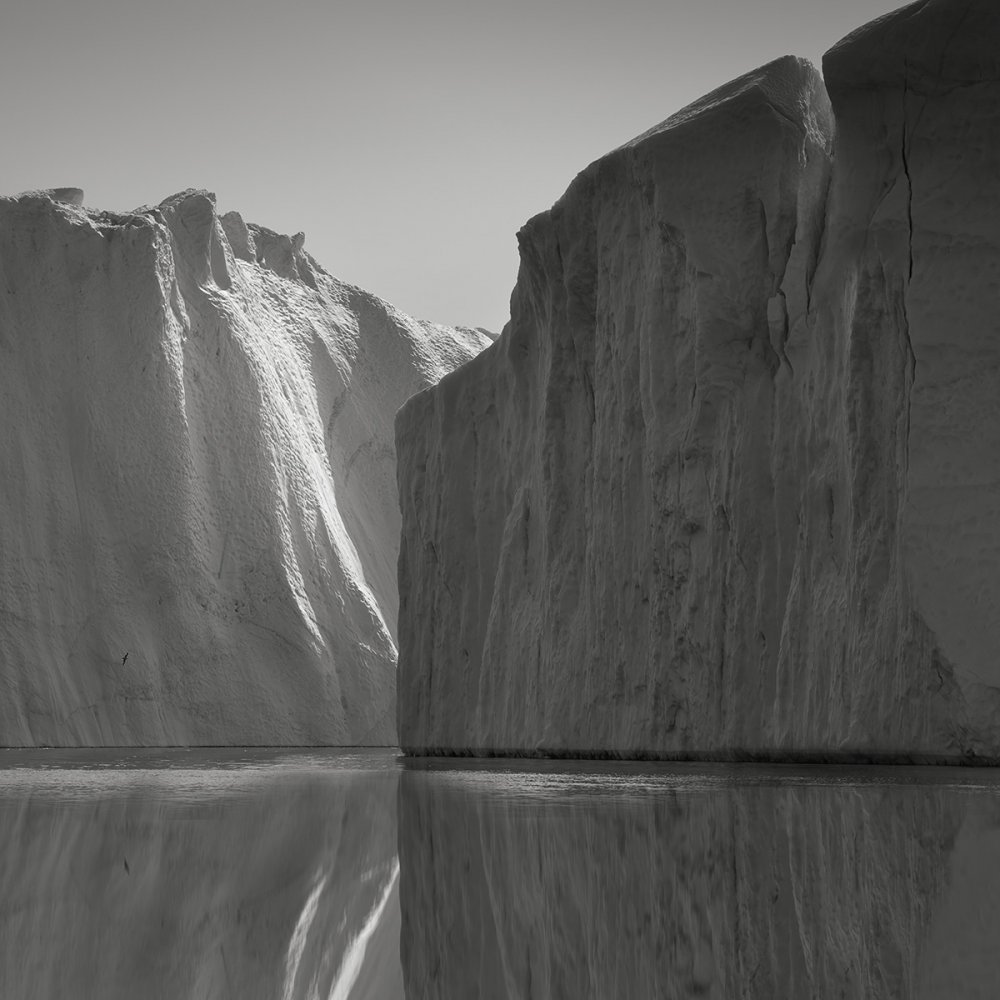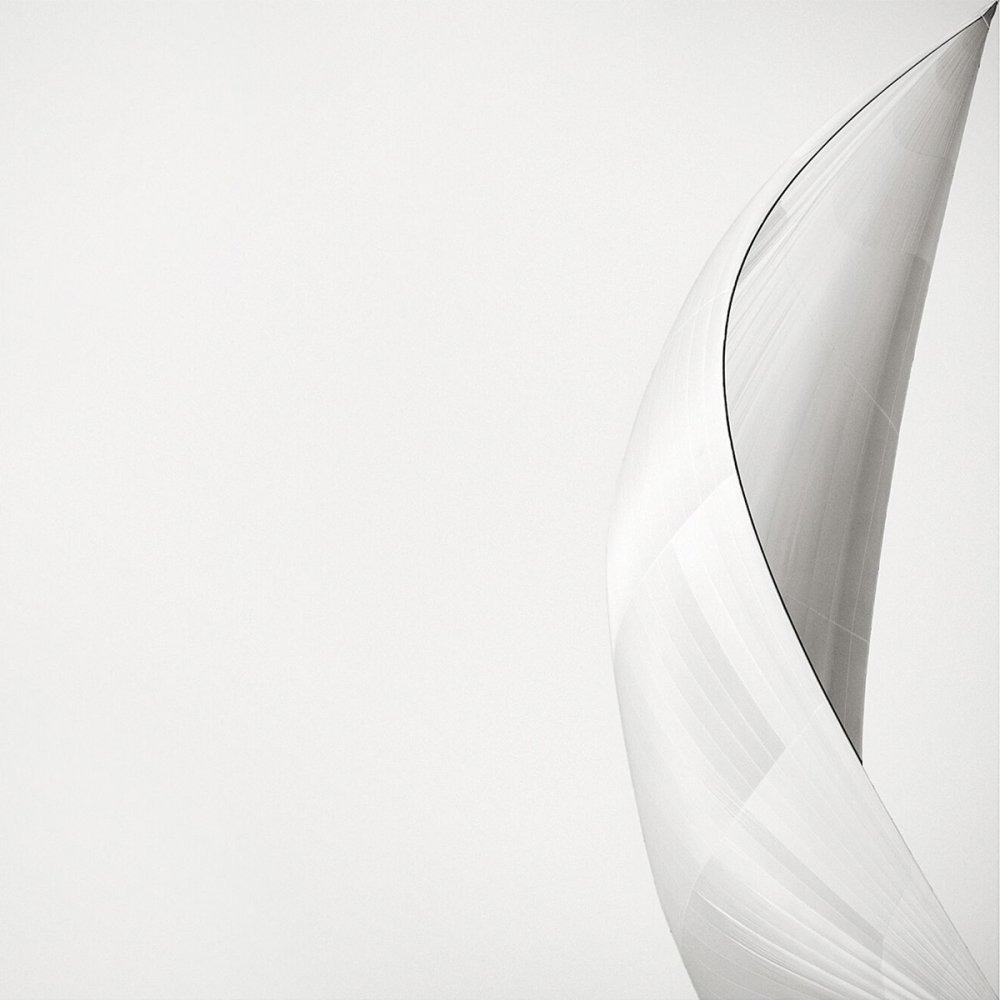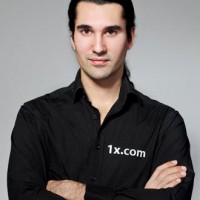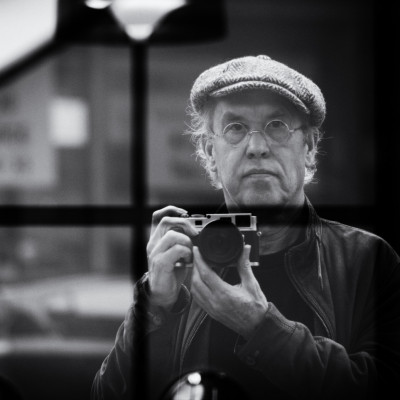SEARCH






|
|
|
|


by Editor Thomas Thomopoulos
Published the 25th of June 2021
Jonathan Chritchley is one of the foremost fine art photographers in the world today. His instantly recognisable work is seen around the world in exhibitions, galleries, magazines and books, and form part of many fine art collections internationally.
His regular clients include Ralph Lauren, Ritz Carlton, Fortuny and Vogue Magazine. Jonathan also speaks and presents his work at photography and sailing events worldwide, and is the founder and owner of Capture Earth and Ocean Capture, two companies specialising in luxury photography workshops & tours.
Born in London, England, Jonathan became infatuated with the sea after moving to the famous sailing town of Lymington on the country's south coast at the age of 14. Years later, having moved to the South of France, he gave up a successful career as a marketing and brand director in order to return to his true passion; a combination of the sea and fine art photography. He has now worked in over 35 countries, including Mozambique, India, China, Cambodia, Norway, Greenland and Tanzania.
Jonathan also is an active supporter of ocean conservation. He currently resides in the South of France with his wife and two children, and a menagerie of animals including horses, dogs and donkeys.
Jonathan, first of all, many thanks for taking the time to answer the questions in this interview. You told me that your interest in photography was born thanks to your father. Which brand and model of camera did he lent you when you were a child?
Well, it was a Kodak Brownie 127. It was very old, probably from the 50s; it was black with a grey panel in front and it made a very satisfying click when you pressed the trigger. There was no film in it and there never was one while I used it.
My father didn't really lend it to me, he just gave it and said: ‘there, see what life looks like through this’. Which I did and it clearly made quite an impression!
When you bought your own camera, did you decide on the brand yourself or were you influenced?
Was it a technical choice?
In my teens I used to read a lot of novels by Hemingway, Fleming and the South African writer Wilbur Smith – all action/adventure books. In one of Smith’s books, set in Africa, there was a photographer accompanying the main protagonist, jumping in and out of helicopters and old Land Rovers, which I loved. This photographer used a Nikon FM, and that camera seemed to be unbreakable! So, when the time came to buy a camera I remembered that Nikon FM and I bought a second hand one with a motor drive.
It was bombproof! I’ve used Nikon ever since.
Is the brand of your camera important to you?
Yes absolutely, it’s an intensely personal thing and not a decision someone else should make for you. Over the years, I have denied being a ‘brand ambassador’ as I like to retain control of my choice of gear.
Why Nikon and Hasselblad? In practice, do you prefer the medium format of Hasselblad or the full format of Nikon? And what about Fuji and Canon for example?
Well, Nikon because of Wilbur Smith ;-) I still use Nikon nowadays and for 30years now. I have a Hasselblad film camera, a 500 C/M, which I used for years and which is responsible for shooting predominantly square photographs. I bought the X1D to try, and it’s a lovely camera, but I feel happier with the heavy Nikons, which are still very strong and sturdy.
I never considered Canon and Fuji, although they both are great brands simply because I always was happy with what I had.
Do you finally prefer film or digital? On your site, you mention the Nikon D850 as well as the Hasselblad X1D. Does that mean that you will make only digital photographs from now on?
Yes, It’s all digital now. I still have the film cameras, but don’t really use them much any more. The larger part of my work is done with the Nikons – I have 3 D850 bodies with the battery packs – and like them very much. They can take a beating, sea water, mud, dirt, dust, pretty much everything you’re not supposed to expose them to, and they just carry on.
The X1D just comes out occasionally for landscape work, when the conditions are mild.

'Ice Ship I, Disko Bay, Greenland'
On your site and in the galleries, I only see black and white photographs. Don't you still not want to go for colours?
No, I have no real ambition to shoot in colour, or at least to release colour prints. My work represents the way I see things – I like to simplify, reduce, refine and distort the subject, and black and white has always been a part of that process. I love the mystery of it, the atmosphere, and the fact that you don’t see everything.

'Flying Spinnaker, Cote d'Azur'
So, black and white is really important to you. But you don't use Leica although it is a brand known for its excellent black and white results.
As I mentioned above, black and white is my thing and square format too. Anything else just doesn’t feel like ‘me’. Leica cameras are great and have such a great heritage, but they’re too small for me. I’m a big, tall guy, built like a rugby player and have big hands, so the smaller cameras feel alien to me.
I like big, heavy cameras that make me ache at the end of the day.
When you take digital pictures, do you opt for raw or do you only take them BW JPEG?
I don’t use JPEGs at all except for internet stuff. I always shoot in RAW but have the screen on the back of my camera set to black and white. The frame also is set to square. So I see pretty much exactly what the print will look like.
How do you set up your cameras? All automatic, speed or aperture priority, or all manual?
Actually it varies; For the fast moving subjects like boats and horses, I use shutter speed priority, but for tripod work I use manual settings. I’m a little obsessed with the histogram and getting the right exposure, so I'm constantly checking to make sure things are OK.
Do you broadcast the image as it comes out of the camera, or do you modify it - even a little - in post processing?
I post process but only minimally, contrast and gradients, things like that. Contrast is very important to me and I push that a long way to get the look I like. Each photograph takes approximately 3-5 minutes to process. Not any longer because that would mean I'm trying to 'fix' the photo rather than enhancing it, which is not really my style.
In your photos, I see very particular themes, like horses, landscape, sailboats, Venice.
Why horses and no other animals? And why Venice? I don't see other cities in your pictures and truly hope to see them in your 1x portfolio soon ;-)
Water came first and has always been my driving inspiration. Mankind’s relationship with water is also something I like to explore, hence sailing boats, fishing boats, and of course Venice. Usually I don’t like shooting in cities but of course Venice is so unique. I went to Venice since I was a small boy and now visit it at least once a year, either for a workshop of just for myself.
Horses came later and I now I find myself really enjoying those shoots. I guess the common link is the wind – in sails or in the mane of a horse. I like the freedom & liberty the photographs express.
Do you have a favourite type of sailing boat that you love to take pictures of?
I like old boats, classic yachts from the early part of the 20th century fascinate me. They are stunningly beautiful, silent and mystical. I also love working with East African fishing and trading boats. I went to see them in Tanzania, Zanzibar, Kenya and Mozambique exploring and working with those lovely wooden boats.
The list of your clients is impressive. We can find Ralph Lauren, the Disney studio or the Galeries Lafayette. What advice would you give when working for well known brands, as you have the chance to do?
You need to specialise, I think. And then improve your style and technique. I decided I wanted to be the ‘go to’ the guy for black and white sea and sailing photos. So that's all I did for a long time, and I became well known for my own style. The website is of course very important – make it simple and let the photographs be the stars, not the website itself. If you can remember the website of a photographer but not the photographs, then there is something wrong. Use sites like 1X – elegant and well curated, they help to get your work known.
Do you use the same material for your clients?
Did you do some colour for your clients or only black and white?
No, it’s the same. I only do what I do and they choose out of what I have. That way I only work for myself and the ‘brand’ stays pure and undiluted, rather than have other people’s input.
How do you get your photos into galleries known for the quality of their images?
It’s fundamentally the same answer as above. If you work hard at creating your ‘brand’ and you’re proud of your work, you want it to be seen in the best places and used by the right companies. I have learnt that it was OK to say NO to things that didn’t feel right, because ultimately I only look for quality.
Tell us about the planet and nature. It is undoubtedly a theme that is close to your heart. What is your relationship with nature? Do you use photography to show your passion for nature?
As I have already mentioned, my passion for the sea is a driving force behind what I do. Being at sea and working is one of the most pleasurable things in my life and I adore what I do.
I work with several Ocean charities, donating financially but also give prints of my work for auctions to raise money for awareness. I have recently released a body of work, ‘A Song for the Arctic’, entirely shot in Greenland and highlighting the potential demise of the arctic region. A percentage of print sales from this collection goes to environmental charities.
Why 'Capture Earth' and 'Ocean Capture' instead of one entity? Which one do you prefer?
I formed Ocean Capture in 2007 basically because I felt there was a gap in the market for high end photography workshops and tours, with the emphasis on quality. Fantastic hotels, meals, superb water locations and of course the best fine art photographers. We have a 94% rebooking rate which makes us very proud.
I formed Capture Earth in 2015. This is an annual event at a luxury safari lodge in Africa – the location changes – and we bring in 4 of the greatest wildlife photographers in the world to work with a group of 12 clients. There are slide-shows, talks, shoots, dinners, special guests and fantastic food and drink in the most beautiful safari lodges in Africa.
The names are different of course because 'Ocean Capture' focuses on water-based landscape photography and 'Capture Earth' focuses on wildlife photography.
I love both brands; I am proud of the quality of the events we organise and love spending the time with like-minded individuals in very beautiful places.
One last question: do you think that film photography will disappear?
No, I don’t think it will. We are already seeing a resurgence of interest in film that has been created by the digital wave, and this will grow. Compared to 20 years ago photography is in a very good place. Film photography might not ever have the market it did years ago, but it will continue to grow as a hobby, a passion and will be around for generations to come.
Thank you very much for this most interesting interview, dear Jonathan.
 | Write |
 | Ralf Stelander FOUNDER Very inspirational! |
 | Hans Martin Doelz CREW Thanks for sharing this. I enjoyed reading the interview and looking at those rather unusual photos compared to the usual stuff I have seen at 1X so far. |